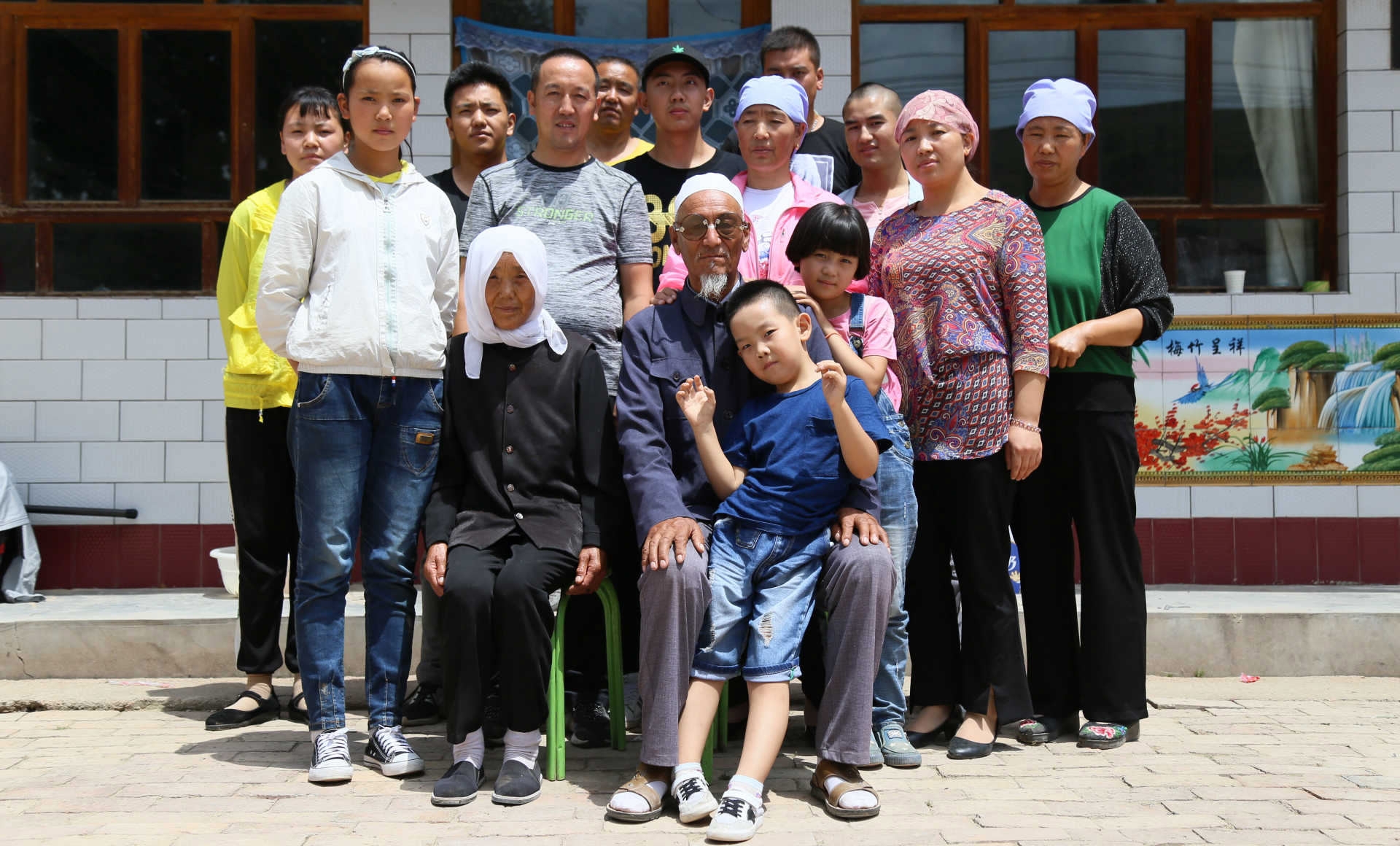
China
12:11, 01-Sep-2017
The Big Picture: Can China feed its population?
By Han Bin, Huang Xiaodong

For thousands of years, Chinese farmers were the backbone of the country. Through decades of development, China is on longer struggling for food. The country believes that self-sufficiency is key to preventing hunger. But factors like economic activity and nature's reactions to it continue to eat away at the arable land available. The question is: Can China provide enough food to feed its population?
'Food is Heaven'
China has an old saying that "Food is Heaven." CGTN's "The Big Picture" crew went to northwest China's Ningxia Hui Autonomous Region to see China's growing food security challenge, which is already a major issue relating to other parts of the world.
"The land is a farmer's rice bowl. There will always be farmers. But who will look after our farmland after we die is hard to say."
- Ma Zhengshan, farmer in Shangbao village, Ningxia

Ma Zhengshan, 76, and his wife, Ma Meihua, 74 , have been cultivating the farmland on high loess plateau in northwest China's Ningxia Hui Autonomous Region. /CGTN Photo
Ma Zhengshan, 76, and his wife, Ma Meihua, 74 , have been cultivating the farmland on high loess plateau in northwest China's Ningxia Hui Autonomous Region. /CGTN Photo
"I hope our children will never worry about what to eat."
- Ma Xiaolong, chef, Tongxinchun Restaurant, Yinchuan.

Ma Zhengshan's son Ma Xiaolong works at a restaurant in Yinchuan, some 400 kilometers away from the village. He is one of millions of Chinese farmers who abandon their lives to come to the cities to find new way of living. /CGTN Photo
Ma Zhengshan's son Ma Xiaolong works at a restaurant in Yinchuan, some 400 kilometers away from the village. He is one of millions of Chinese farmers who abandon their lives to come to the cities to find new way of living. /CGTN Photo
The 'Red Line'
The country pledged to continue protecting farmland and to do more work to curb worsening soil pollution. The government vows to keep arable land around 1.8 billion mu (some 120 million hectares). Experts say that if China's arable land continues to creep down towards the "red line," it will be putting China's food security at risk.

Ma Zhengshan's family pose for a photo in Shangbao village, Xiji County, Ningxia Hui Autonomous Region. /CGTN Photo
Ma Zhengshan's family pose for a photo in Shangbao village, Xiji County, Ningxia Hui Autonomous Region. /CGTN Photo
What's China's solution?
Since the widespread famine that started in the late 1950s, in which tens of millions died, China has defied the odds by feeding its people almost entirely on its own. It has provided for a quarter of the world's population with just a tenth of the world's arable land.
Now, as middle-class appetites grow, China is past the point of being able to rely on its own farms and becomes one of the world's leading importers of agricultural products. China's food security is a global issue that deserves our full attention.
To see the whole program, please follow "The Big Picture" for a special series starting on September 21.
1031km

SITEMAP
Copyright © 2018 CGTN. Beijing ICP prepared NO.16065310-3
Copyright © 2018 CGTN. Beijing ICP prepared NO.16065310-3